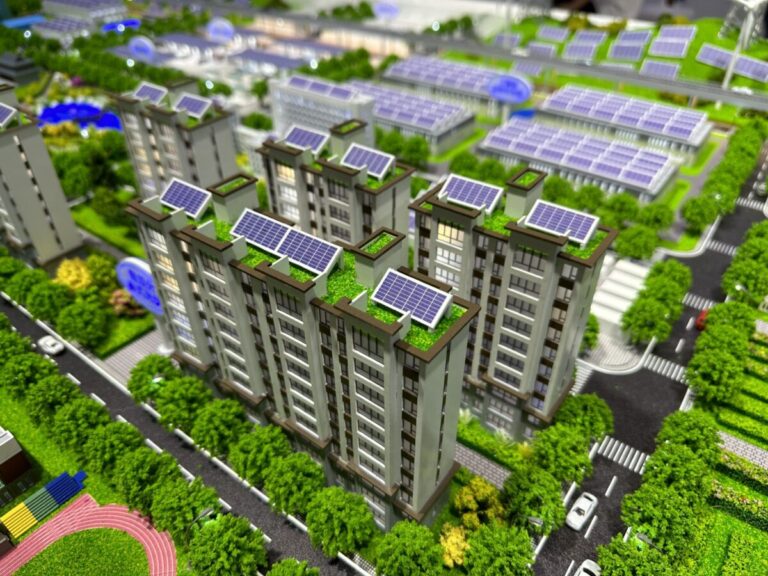PV InfoLink says Chinese solar demand this year will reach between 240 GW and 260 GW, while European demand will reach 77 GW to 85 GW.
As the global energy shift continues, PV InfoLink expects solar energy demand to reach 469–533 GW by 2024. However, key markets – China, the United States, Europe and India – are challenged by supply and demand imbalances, policy shifts and economic developments. volatility that could reshape installation demand and dampen growth beyond 2025.
As installations ramp up, critical network updates are lagging behind, and rising interest rates and supply chain instability are squeezing returns.
China’s large-scale solar sector is facing slowdowns due to slow network expansions in Inner Mongolia and storage requirements that impact the returns of distributed projects. China’s solar demand is expected to remain at 240 GW to 260 GW in 2024, with a slight increase to 245 GW to 265 GW in 2025.
The European Net Zero Industry Act and the Critical Raw Materials Act aim to boost local green technology but could increase project costs, while the planned Forced Labor Regulation could trigger EU investigations into Chinese suppliers by 2027. Economic tension and limited grid capacity continue to impact the European solar energy market. , forecast at 77 GW to 85 GW for 2024, with a potential to reach 85 GW to 93 GW by 2025.
The U.S. solar market is facing tariff increases on imported cells and anti-dumping duties on Southeast Asian suppliers. Developers remain cautious due to high interest rates, policy uncertainty and slow permitting, with California’s NEM 3.0 policy also hurting distributed solar revenues. US solar energy demand in 2025 is estimated between 38 and 44 GW.
“Given the Republican-controlled House of Representatives’ repeated opposition to the Inflation Reduction Act (IRA), renewable energy subsidies under the IRA face greater uncertainty if Trump is elected,” Jenny Lin, a PV research fellow at InfoLink. pv magazine.
India, one of the top five global solar markets, is relying on government projects to meet its ambitious 2026 solar installation targets. Government initiatives could boost demand to 25 to 35 GW by 2025, representing a growth of 25 to 40%. The Approved List of Models and Manufacturers (ALMM) will require local modules for government projects by 2026. Import tariffs of 25% on Chinese cells will remain, with domestic production expected to gradually replace Chinese imports as capacity grows.
Global solar energy markets exhibit complex supply-demand dynamics, with module prices approaching historic lows. Future growth depends on installation capacity and policy support. Emerging markets such as Brazil, South Africa, the Middle East and Southeast Asia are seeing demand rise, while countries such as Saudi Arabia, the United Arab Emirates, Oman, Thailand, Malaysia and Vietnam are implementing supportive policies. In Africa, large-scale projects are continuing despite infrastructure and network problems that could limit installations until 2025.
Although global growth may slow after 2025, emerging markets provide essential momentum, supporting the stable development of the solar industry worldwide.
This content is copyrighted and may not be reused. If you would like to collaborate with us and reuse some of our content, please contact: editors@pv-magazine.com.


